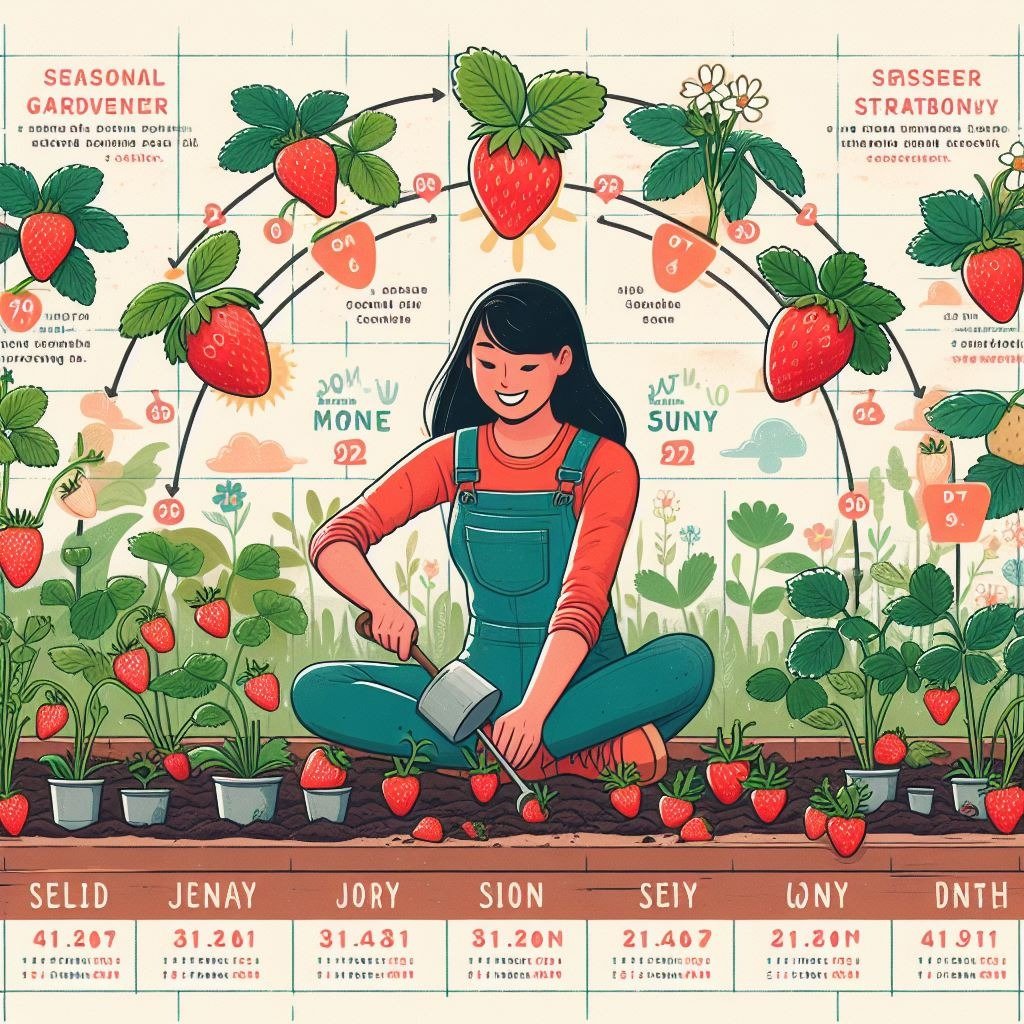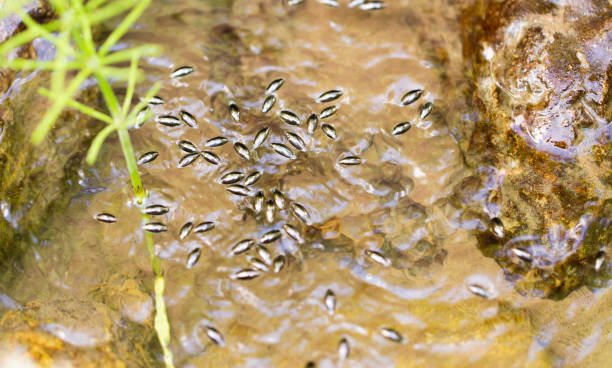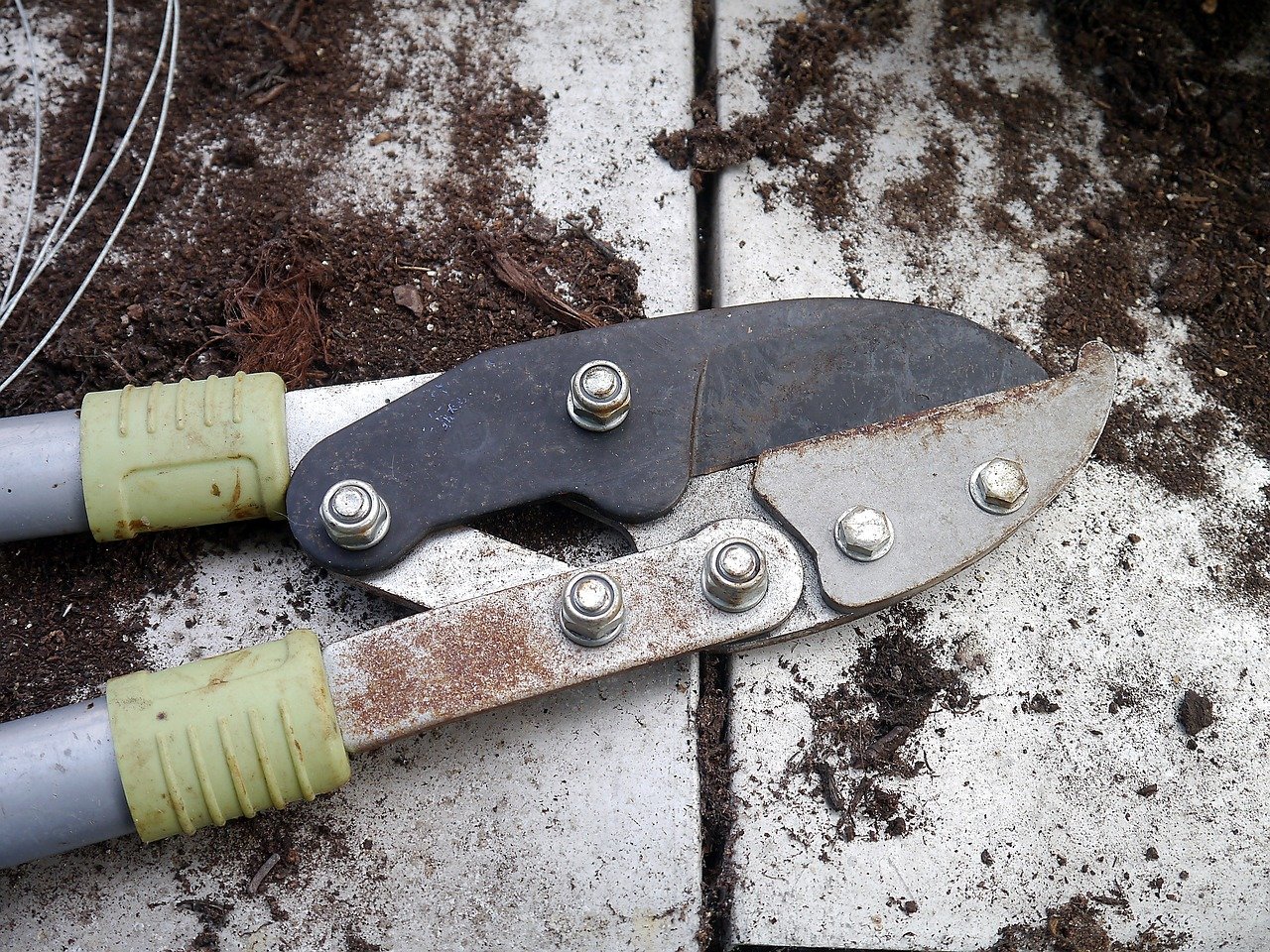
Timing is everything. When to plant strawberries for a great harvesting season is what you should worry about
When to plant strawberries In this book called “The Plot Hero’s Guide,” you are going to learn about the strategic

Gardeners and dyed plant enthusiasts alike often face the frustrating challenge of having to deal with gnats. Those tiny, annoying little insects that, for no apparent reason, never stop breathing breath on our most cherished plants. It can be a great struggle for anyone who is growing a flowing garden indoors or tending the outdoor space.
The presence of gnats can eventually cause troubles as they introduce competing factors in maintaining the health and beauty of the greenery. We will be focusing on the most effective means of banishing gnats from your plants.
Helping your leafy friends enjoy a gnat-free environment. Thus, you create a healthier habitat for your plants. We are going to explore: how to get rid of Gnats in plants. It is going to be a unique guide.
Before we go to undo the nuisances caused by the gnats on your crop plants, we must understand their attributes. Gnats constitute a special group of fungus gnats, or more specifically, soil gnats, that are very small and light-bodied.
They prefer to live in moist surroundings. The deceitful fungi, especially the ones that are small in size, are by nature highly attracted to the presence of damp soil and dead organic matter. therefore, potted plants and places like bathrooms in homes are their ideal breeding habitats.
Whereas the gnats are not at all pernicious for plants by themselves, their presence can be a signal to some disease problems in your plants.
To get swallowed by the earth, females grant their eggs into the earth. Eventually, after a couple of days, hatching comes about, and during feeding. The larvae are always munching on the roots and fungi in the potting mix. This feeding behavior can break down the root’s structure,
which leads to stunting the plant’s growth and contact with the air and sunlight. Moreover, the appearance of the little beggars can be related to the excess water or damaged drainage that provides a proper environment for them to spread in.
Insect pests can have a disastrous effect on a plant, and once they have spread heavily. They are very difficult to remove. The damage increases as the larvae progress to the roots. Where they continue to feed, leading to infections and nutritional disorders.
In conclusion, responsible environmental stewardship is crucial to preserving our planet. The choices we make in our daily lives, such as conservation, reduction of pollution, and responsible consumption. Have a direct impact on the well-being of our natural habitats. By making small changes and promoting awareness, we In addition.
These insects might just stick around, disturbing your peace of mind and landing all over places. making a sort of natural worry and an ill-looking look at the surroundings.
It is necessary to nip the problem in the bud to avoid knowing it later on and continue the good life of your plants. Appropriate actions that can curtail the gnat’s infestation of plants can restore balance. Therefore, the surrounding area is gnat-free, which makes your plants thrive.
Getting rid of gnats on plants; keeping plants away from water sources Drain water that might be sitting in saucers and plant pots. Cover pots with screen mesh or cloth set up sticky traps.
First of all, many gardeners would like to keep gnat infestations in check with sprays and latex infrastructure. That do not contain toxic chemicals that might be detrimental to vegetation or the environment.
Here are some proven methods on how to get rid of gnats on plants using safe and eco-friendly techniques.
Often, the easiest low-tech method to get rid of gnats on plants is to rob them of their favorite dark and damp environment. Let the soil be dry between every watering, as an adult gnat lives in the humidity, as do its larvae. These kinds of dealers can reduce the rate of flying killing nematode revelation and further prevent root rot and moisture problems.
Using sticky yellow traps is a commonly applied, inexpensive, and powerful way to get rid of gnats around plants. The presence of these traps in the new generation of gnats is achieved due to their eye-catching bright color and sticky surface. Which fix the existing ones. Situate the traps near the plants where you see the infestations. And check to make sure they are easy to see and get at for the gnats.
Neem oil and insecticidal lather are initiatives that contribute to the effective management of gnat infestations. These goods do their job of suffocating and destroying the maturity life and the ones of their larvae. Note that following them as they are written in the instructions will be a good idea. Make sure you soak your plants with enough product to achieve the desired results.
The benefit of including beneficial nematodes is that they can prove to be a strong ally for you as you fight gnats. These little worms are nocturnal predators by nature, and they prey on the larvae of the gnats. So you can be sure that your plants are safe. Nematodes may be obtained from horticultural stores and scattered right to the ground as per the recommended guidelines.
The last but important of the ground maintenance methods is sand or gravel top dressing.
Application of a sand or gravel top dressing or any selected form of surface layer would prevent egg laying and ensure the larvae do not emerge. The abrasive character of the sand or gravel makes it hard for the pests to penetrate through the soil and obstructs the reproductive process, limiting their involvement in the root of your plants.
Although a natural and organic method is preferred, there may be some cases, especially with gnats that are very stubborn. Where the only way to completely eradicate an infestation is through more potent chemicals. In contrast, chemical product safety regulations should be observed for controlled usage. Here are some chemical options for how to get rid of gnats on plants.
For gnats, as with many other kinds of insecticidal sprays, concentrations of known inhibitors like pyriproxyfen or pyridyl can offer an effective control method. These products are two in one and concentrate at the same life cycle stage as gnats and other soil-living critters, preventing further repeated breeding.
Make sure that you always refer to and follow the advice as well as the label instructions in a careful manner. Also, remember to exercise precautions when you are using these products.
The systemic insecticides are taken by the roots of the plants and are transmitted through the entire plant, giving the plants protection for a very long time against gnats and other pests. The application of these products includes drenching the soil by dilution or granules, and this is especially useful for infected zones with severe infestations. In the meantime, a purchase involving systemic insecticides is purely crucial and should be handled according to the way the manufacturer recommends so that surely no damage will be done to the good insects and the environment will not be affected as well.How to Get Rid of Gnats in Plants
In other situations, the commonly used insecticides are biological control agents such as very specific strains of bacteria or fungi that are employed to attack the larvae of gnats. Such goods are frequently more eco-friendly compared with conventional chemical insecticides and can be as efficient as the latter if there is an appropriate use of them. Take advice from a professional or follow the instructions of the product, as they ought to safeguard proper use and safety.
It is thus necessary to look for current infestation solutions for now, but in the future, a gnat-free environment should be safeguarded for your plants using preventive measures. Here are some tips on how to get rid of gnats on plants and prevent their return
The reason the overspraying of water is a chief factor behind the development of the gnat invasion is that they blossom like a lark in moist soil. Please do remember to water your plants well, but take care not to overwater to the extent that some of the soil dries up between waterings. Furthermore, you should make a point of growing the plants in a potting mix that drains well and in pots that have enough drainage holes in them so that no water remains.
Cleanliness and tidiness near the plants are good steps in preventing gnats from coming to colonize. Having done provisioning, pull out anything that is still decomposing, such as spilled soil or organic materials that may be used as a breeding spot for gnats.
On the other hand, be sure to keep your tools and surfaces clean, including blades and cutting boards, to stop infestations.
When setting a new plant into the collection, you should put it in isolation spots for a while before integrating it with other indoor plants. This safeguard allows us to avoid pests like gnats or others that may have been picked up from another nursery. Or the previous location by hitchhiking.
If you had recurring gnat infestations, which were patched by returning overpots regularly. Gnats lay eggs, and their larvae can survive the winter and sleep in the soil, which will result in the next infestation of insects. You can strive to rotate the potting soil frequently and, therefore, cease producing the gnat circle to which your plants belong.
Guards must always be observant to avert gnat uproars. As it is your habit to check the plants frequently, you should pay attention to the possible presence of gnats or larvae in the soil.
Early detection is very important, and the appropriate measures quickly taken can prevent any growing problems that may be conceiving an insect infestation.
That was all about the preventive measures How to Get Rid of Gnats in Plants.
How to Get Rid of Gnats in PlantsHowever, the commonest and most annoying invaders for houseplant lovers are the gnat bugs. And they are almost everywhere. Succeeding in conquering these pests requires a lot of skills and knowledge on how to kill gnats on plants.
You can achieve a harmonious, pest-free environment for your well-tended plants through a synergistic combination of organic and natural. Ingredients, less-toxic chemicals (when in case of need), and preventive measures.
Keep in mind that a rapid solution to gnat infestations is the key to damage prevention, and having your plants thrive is what we both want. Be watchful, do watering and sanitation regularly, and if you are unsure, seek professional advice.
Implementing not only a proactive strategy for you to get rid of gnats from your plants but also the guide will be the best you can do to improve the decorative look of your indoor and outdoor plants as well.
Rediscover the beauty and massage enhancement of your plant and sip! Without fear gnat from that afresh. That was all about How to Get Rid of Gnats in Plants.
The adults of the gnat family generally do not do direct harm to plants but consider that the young ones, or the larvae, are the ones who do the real damage by feeding on the roots and the fungi in the soil. Consequently, the plant can be inefficiently growing, lacking important nutrients, and turning into a weak host.
The most striking thing about a gnat infestation is the tiny, flying gnats appearing around plants, specifically any time you are watering or turning the soil. Similarly, it may occur that you will not only find little black larvae in the soil but also on the surface of the potting mix.
To begin with, chemical insecticides can indeed work to a small extent, but using them on cultivable plants, like herbs and vegetables. Is not advisable as the residues they leave behind are often harmful and one may end up consuming them. Instead, you can use something natural or organic, or you can get advice from a professional on how to eliminate pests from your plants without damaging them.
Another essential aspect is that the gnat usually gets rid of them and consumes its own. Although fungi exist everywhere, their abundance (growth) on plants often means that there is poor soil quality or overwatering. Thus allowing the plants to become vulnerable to ailments and fungi.
How long does it take to use that strategy? Gnat elimination may require more or less time because of the seriousness of the situation and the methods used. That is why the difficulty of pest eradication varies, Following a well-organized strategy of control methods. For example, helping the soil become dry, setting sticky traps, or applying insecticides, should noticeably lower the number of gnats within two weeks. Nevertheless, the termination of such cases will need some more time if the infestations are severe or there is a lack of preventive measures.
Note
This is my personal opinion here I wright my all personal opinion that I seen and trouble this kind of problem so I thought share this all of people that can people easily know what happened when you drink regularly orange juice also know is orange juice good for you or not?

When to plant strawberries In this book called “The Plot Hero’s Guide,” you are going to learn about the strategic

Best Pruner Anyone who enjoys maintaining a lovely garden knows you should choose the best pruners. Pruners are some of